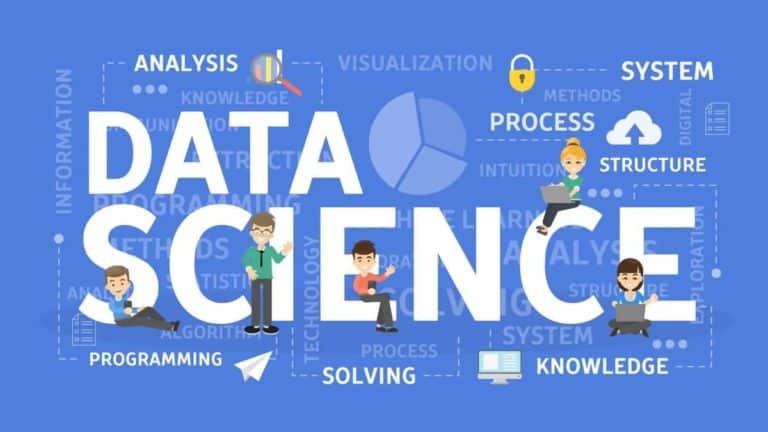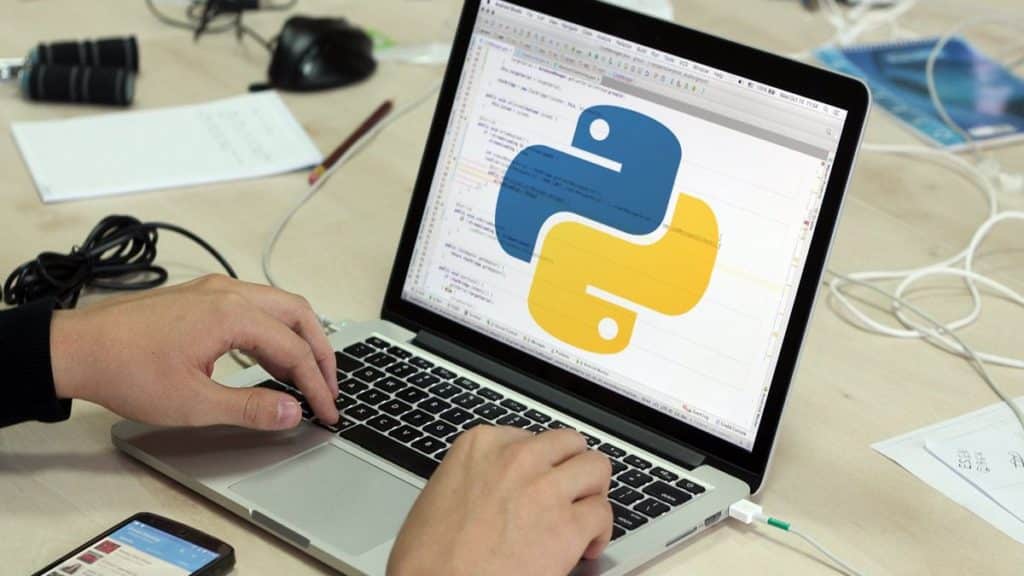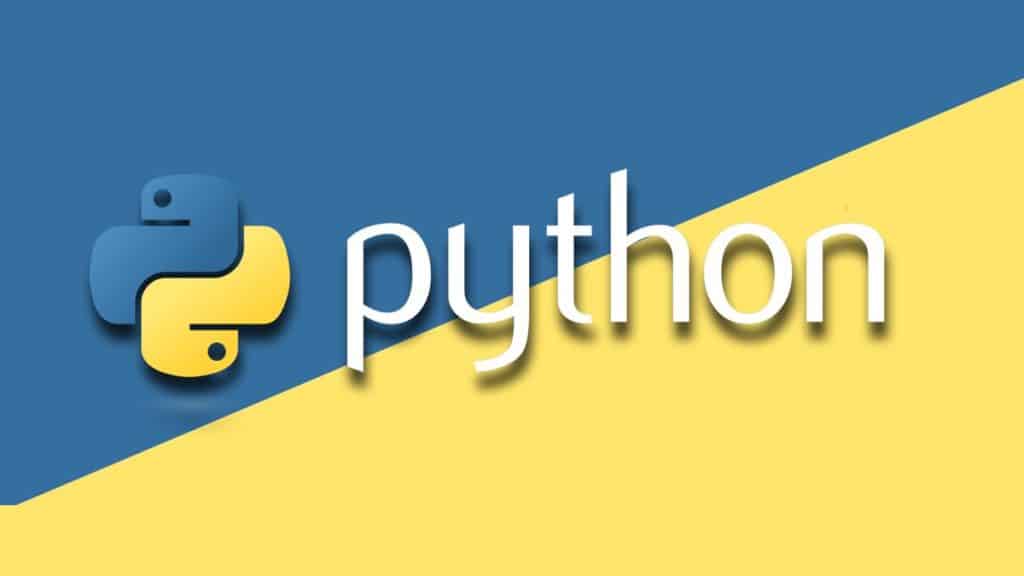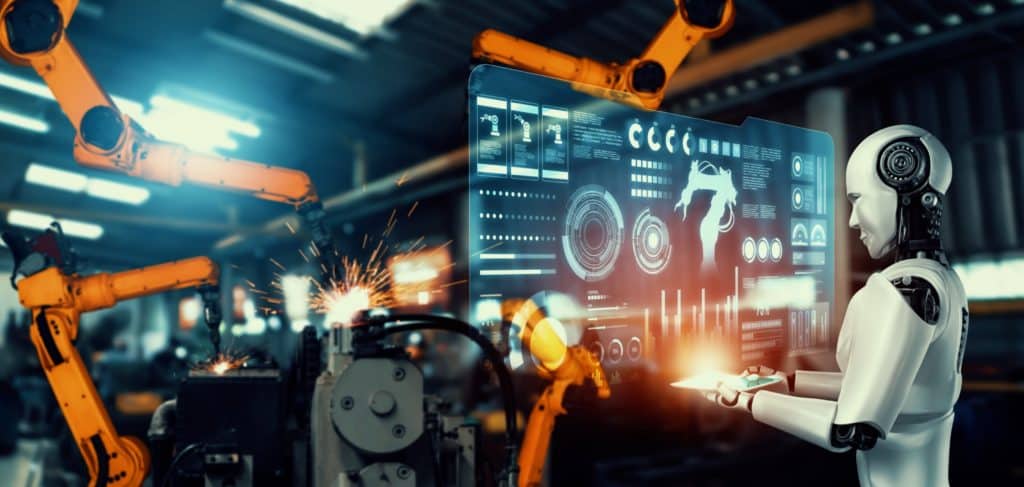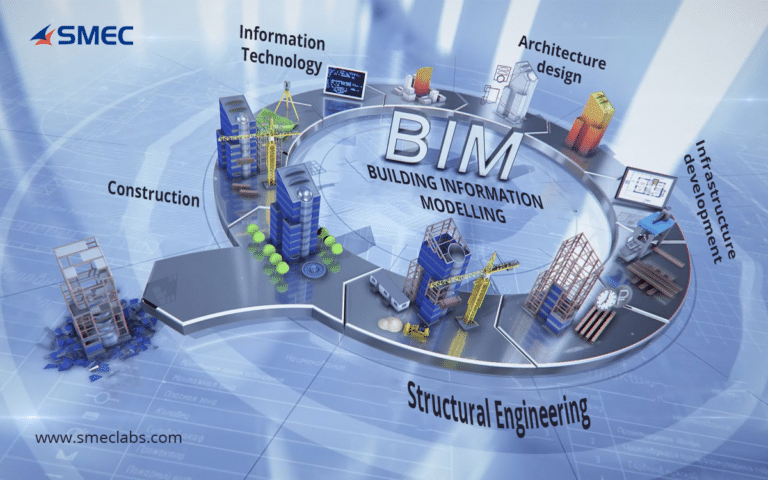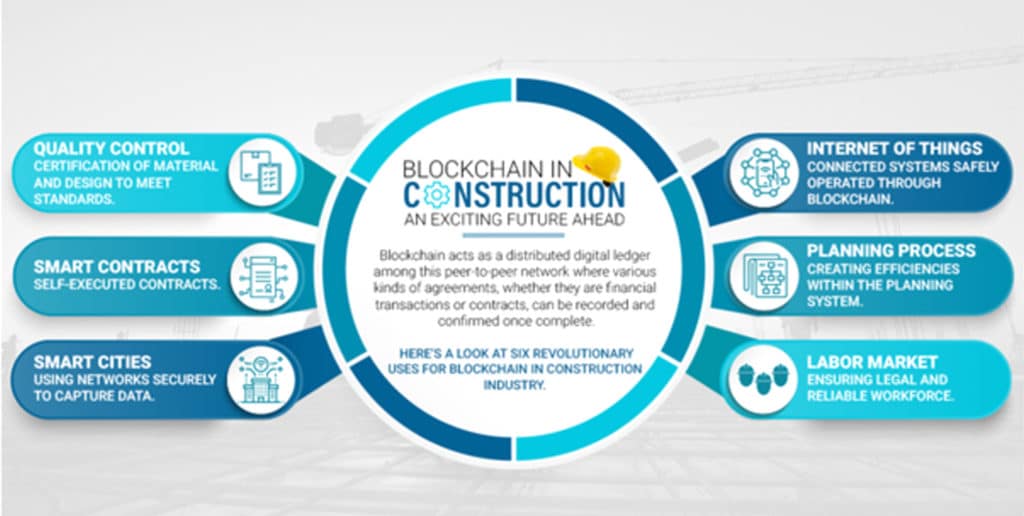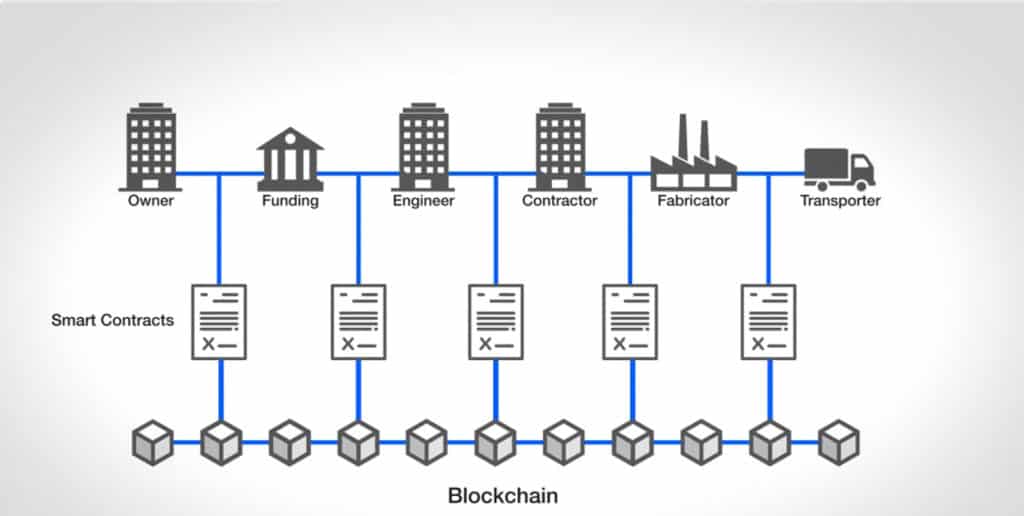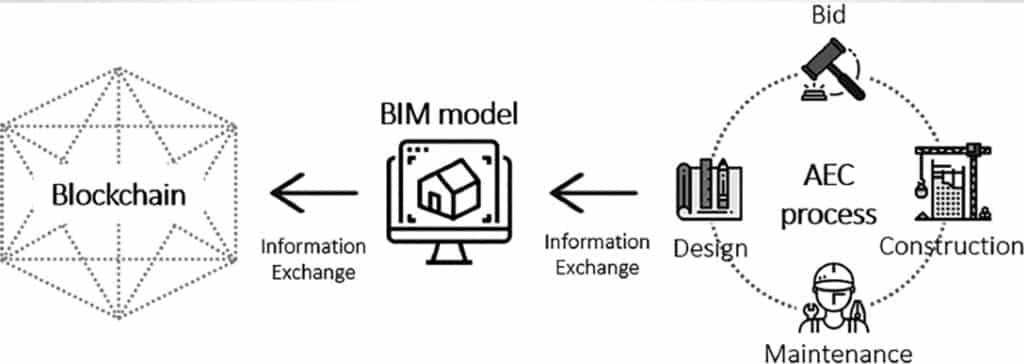Do you think Data Science Job Opportunities is much higher than other jobs?
Yes, Data Science is one of the most highly paid job in IT Sector. Data science job opportunities are increasing tremendously due to high volume of data which is available in the market. Due to lack of people in data science it is a big task to sort and analyse the data by the existing data scientists now. About 1.5 lakhs of job opportunities are available for data science across the globe.
What is Data Science?
Data science is a method that develops algorithms and model to process, extract visualise and discover hidden patterns in basic data. Data Extraction and Data Transformation, Statistical Analysis, Data Manipulation, Data Visualisation, Machine Learning and Predictive Modelling are few areas that are used to apply Data Science to solve real-world issues. Based on the U.S. Bureau of Labour Statistics, Data science is among the fastest-growing and highest-paying fields. Every business today requires data science in order to broaden its limits. Do you know Data Science Job Opportunities are increasing much more in the recent years.
Who is a data scientist, or an analyst of data?
A data scientist or data analyst is an individual who analyses a lot of data. He or she studies the system in depth and resolves problems without much effort. Data scientists work in highly complex workplaces such as those in the IT sector & Pharmaceutical Industry.
Skills needed for Data Science Job Opportunities
- Do you have a college education that is preferably in Computer Science, Information Technology Mathematical Sciences, Statistics as well as have experience working in a similar area?
- Are you adept at solving problems
- Ability to work independently or as part of team.
- Are you keen on collecting and analysing data?
- Possess the ability to communicate effectively verbally and visually.
- Are you eager to acquire new and cross-disciplinary techniques.

What’s the different jobs within Data Science?
Data Scientists: The position requires an understanding of statistics and mathematical models to apply to large amounts of data. Data scientists apply their theoretical expertise in the fields of algorithms and statistics to discover the most efficient way to tackle the issue. There are numerous job opportunities for data scientists across the globe. The function of data scientists is to transform an idea from a data query into a business idea to solve the business challenge by creating a business model and resolve every question business face.
Data scientists seek to make decisions based on information compiled by statisticians using the aid of computer programming. They also convert the data into practical information to solve real-world business challenges. Today, the need for Data Scientists is rising all over the world. It’s time to become a Data Scientist.
Data Engineers: Data Engineers handle a vast amount of data with the aid of software in the field of engineering and programming. The work of a data engineer is to code and purify the data that is not needed. Data Engineers works closer to the data scientist. If the Data scientist is well-known to create models and translate them into code, then they eligible for the position as that of a Data Engineer. Today, a variety of job opportunities are available in the field of Data engineers. The Data engineer needs hands-on data storage, ability to warehouse data, ability to comprehend SQL, NoSQL and Big data frameworks.
Data Analyst: Data Analyst is an important job classification in the field of data science. Data analysts must study the data, prepare reports about the collected data and then convert to transform the information into visual to aid others in understanding the data easily. The opportunities for data scientists increase every day.
What are the various tools a Data Scientist use?
There are various tools used by data scientists daily. There are different types of data tools, including tools for programming and scripting as well as data analysis tools. statistical programming tools and much more.
SQL
SQL is among the favoured structured query language that Data scientists make use of. It assists in making sense of the data that is structured and operates with relational databases management systems. Alongside Data Scientists, this SQL tool is also extensively used for Data Engineers.
R Programming
R is among the most crucial computational tools used in statistical computing. It is used mostly by Statisticians and Data Analysts to examine the data and make important conclusions using it.
Python is among the most well-known programming languages that is employed by Data Scientists. A few of the crucial use cases for Python can be found that of the Machine Learning domain. Python offers a variety of libraries and is utilized for virtually all tasks. It is the best tool to use for Machine Learning and Data Science.
Hadoop
Hadoop is the largest and most powerful and open-source software used to analyse Big Data and make sense of it. It has a wide range of technologies and tools that nearly all Data Scientist uses.
SAS
SAS Analytics is a powerful tool for advanced analysis extensively used by Data Analysts. It is a powerful tool to extract, analyse and report upon a range of data. It comes with a wide array of analytics tools, with statistical functions as well as an outstanding Graphic User Interface, for Data Scientists to convert their data into useful business information.

How to get a job in Data Science?
Data Science Job Opportunities are increasing day by day. You can enrol in SMECLABS Certified Data Science, which will assist you in learning your foundations in Data Science, or you can study it yourself. After you’ve completed your learning, it is time to design an idea for a subject. Contribute and gain knowledge through open source. If you are a contributor to open projects that are open source, you’ll attract the attention of other people who might be managers or the CEO of a business. This can help you find a job quickly.
The next step is to create a strong resume that focuses on your strengths, not your personal details like the address, Marital Status and so on. It is also possible to make LinkedIn Connections to find a great job. You will receive job alerts directly from the person you want to contact via your news feeds on LinkedIn. Additionally, you can use job websites to search for an employment opportunity in data science.
Salary Packages for Data Science Jobs In India
| Job Roles | Fresher | Experienced > 4 years |
| Data Scientist | 500000/anum | 1400000/anum |
| Data Engineer | 570000/anum | 1380000/anum |
| Data Analyst | 507000/anum | 1400000/anum |
Conclusion
Do you think Data Science Job Opportunities is increasing every day? There are plenty of possibilities in the field of Data Scientists, Data Engineers and Data analysts which increase in time. If you’re just looking to pursue a career within Data Science, you can take the Data Science course from SMECLabs and earn a certification as a professional in Data Science.
